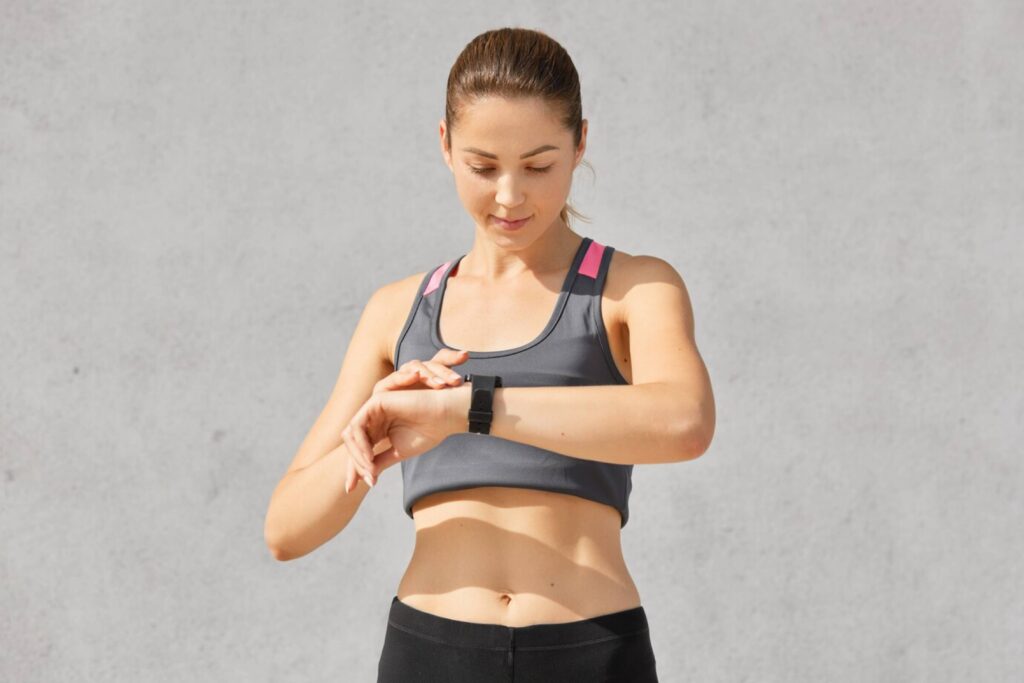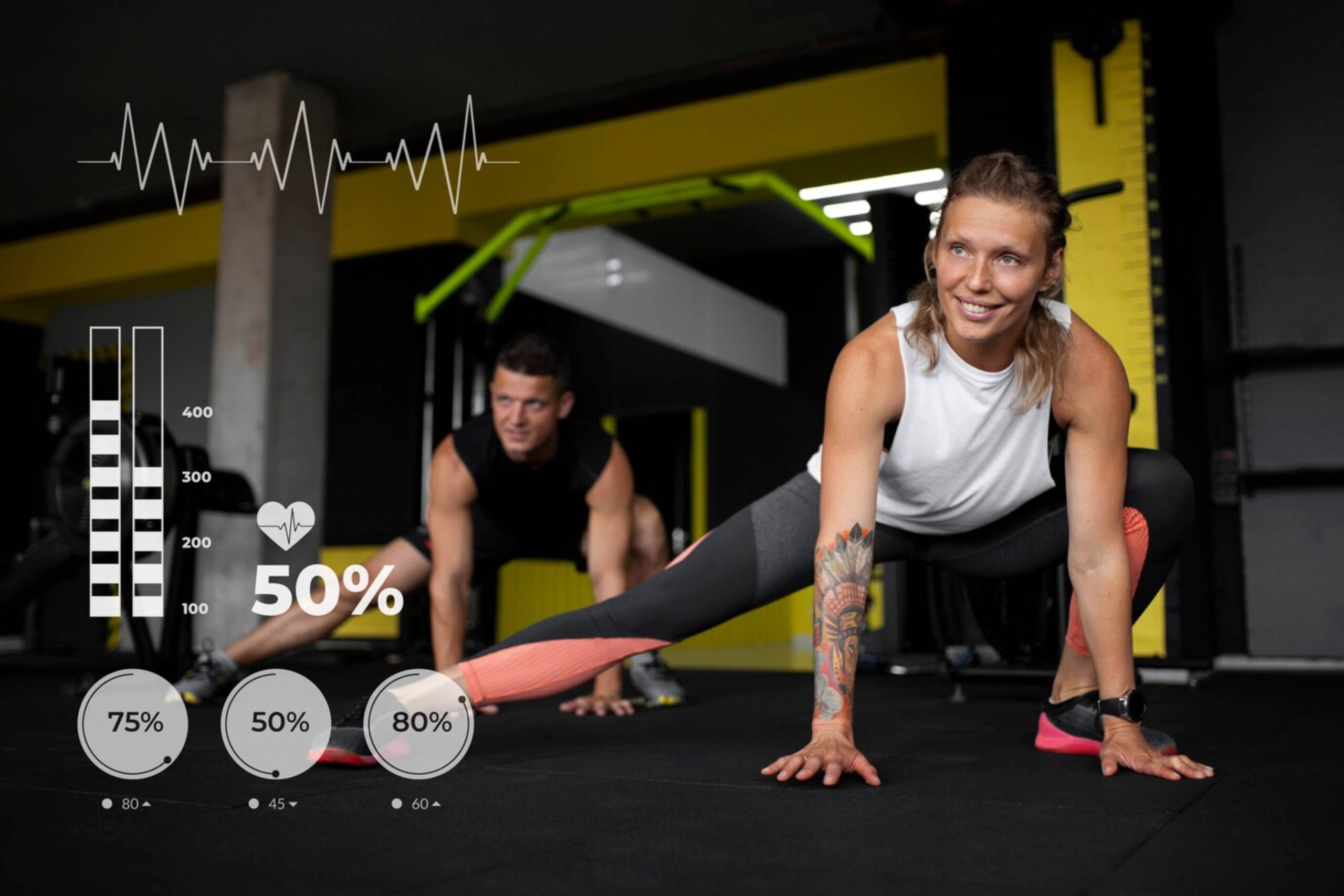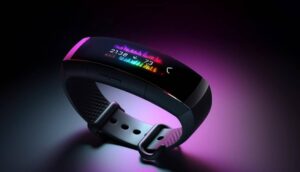The Fitness & Bodybuilding Blog

Wearables That Support Better Workout Recovery
In the fast-changing fitness world, technology is a key partner. It boosts workout routines and helps with recovery. Fitness wearables are important tools in technology. They give us new insights into our health. These devices are usually worn on the wrist or built into clothing. They give a lot of data to help improve workout recovery. This blog looks at wearables that help with workout recovery. These tech tools are changing how we recover after exercise.
Key Benefits of Wearable Recovery Tools

Wearable technology has changed fitness. Now, users can access real-time data that was once only for pro athletes and sports scientists. Fitness wearables mainly help by tracking vital signs. They monitor heart rate, sleep patterns, and activity levels. These metrics help us see how the body reacts to exercise and how it recovers afterwards.
Heart Rate Variability (HRV) tracking is one of the coolest features of modern fitness wearables. It lets you monitor your heart rate variability easily. The HRV measures the variation in time between heartbeats. It’s a measure of the activity of the autonomic nervous system. High HRV and low HRV indicate stress and/or fatigue. HRV data are tracked by wearables to provide personalised recommendations. They advise you when to take a break and when to press harder. This supports the recovery process.
Wearables with sleep tracking can show how well and how long you sleep. This is key for good recovery. These devices and apps can detect sleep stages and disruptions, providing users with data to improve their sleep hygiene. Quality sleep is crucial. It helps with muscle repair, memory, and hormone balance. All these are key for the best recovery.
Additional Expert Tips & Common Mistakes to Avoid
Fitness wearables provide a lot of data. It’s important to understand this information correctly to avoid common mistakes. A common mistake is relying too much on technology. This often happens without understanding the basic principles of recovery. Wearables can track sleep and HRV. However, they can’t replace the need to listen to your body and spot signs of overtraining or fatigue.
Another common misconception is that more data equals better results. The sheer volume of information provided by fitness wearables can easily overwhelm users. Users should focus on a few key metrics that match their fitness goals. Important ones include sleep quality, HRV, and step count. Tracking too many things at once can be overwhelming.
To get the most from wearable technology, users should include the data in a wider recovery plan. This plan should also focus on good nutrition, hydration, and rest. Wearables should be seen as a tool to enhance, not replace, traditional recovery methods.
Advanced Insights into Wearable Technology for Recovery
Wearable tech continues to improve. There are always new features and capabilities being released. A new trend in fitness tech is using artificial intelligence (AI) in wearables. Data is analysed from various sources using AI algorithms. They give users tailored feedback and advice. This is based on each person’s body and fitness goals.
Another exciting development is the use of smart fabrics in wearable technology. These fabrics have sensors. They can track muscle activity, skin temperature, and hydration levels. Smart fabrics give real-time feedback on metrics. This helps users optimise their workout intensity and recovery strategies.
Some wearables now have biofeedback features. They use data to help users manage stress and boost mental well-being. These devices track body responses like heart rate and skin reaction. They help users with breathing exercises and mindfulness practices. This boosts both physical and mental recovery.
How Wearables Can Help You Rest Better
Recovery is as important as working out, and wearables can help you optimise it. Most wearables track your sleep quality. They show how much time you spend in deep and light sleep. Knowing how well you sleep helps you see if your body is recovering properly.
For example, if you don’t get enough deep sleep, your body doesn’t have the chance to repair muscles properly. Wearable sleep trackers can help you change your routine. You might adjust your bedtime or create a relaxing environment to improve your sleep quality.
Hydration: Keeping Track of Fluid Levels
Hydration is key to recovery, but sometimes it’s easy to forget to drink enough water. Some wearables track hydration levels. They help you monitor your water intake. When you’re well-hydrated, your muscles recover faster and your body performs better overall.
These devices can send you reminders to drink water, especially after a workout, when your body needs it the most. These reminders help ensure your body stays hydrated for proper recovery.
Stress and Recovery

Too much stress can slow down your recovery process. Some wearables measure stress levels by tracking changes in your heart rate or other body signals. High stress can make it hard for your body to recover. This can happen even if you’re sleeping well or working out regularly.
Wearables can help you lower stress. They suggest activities like deep breathing, meditation, and stretching. These activities help your body relax and recover faster, improving your overall well-being.
Personalised Recovery Plans
Wearables are not one-size-fits-all. They gather data from your body and can create personalised recovery plans based on your unique needs. If your heart rate variability drops, your device may suggest a lighter workout or more rest the next day. This personalised feedback helps you recover at the right pace and avoid burnout.
Getting the Most Out of Wearables
To get the best results from your wearable, it’s important to use it regularly and keep track of your progress. Over time, you’ll start to see patterns and understand how your body responds to different types of workouts, rest, and recovery.
Focus on the data your device provides. Make small changes to your routine. This can help improve your recovery, boost your fitness, and enhance your overall well-being.
Conclusion: Embracing the Future of Fitness Recovery

In conclusion, fitness wearables have changed how we recover from workouts. They offer useful insights that help us understand our body’s recovery better. These devices use data on heart rate, sleep patterns, and other key metrics. This helps users make smart choices about their recovery plans. However, it is essential to remember that wearables are just one piece of the recovery puzzle. A complete approach to recovery includes good nutrition, hydration, rest, and mindfulness. This is essential for getting the best results.
The future of wearables in fitness recovery will continue to expand. We can look forward to a future with personalised, data-driven recovery strategies. These innovations will make this possible. These strategies will help us reach goals efficiently and effectively. Athletes and fitness enthusiasts alike can use wearable tech for recovery. You could reap the rewards of tech-enabled fitness.









